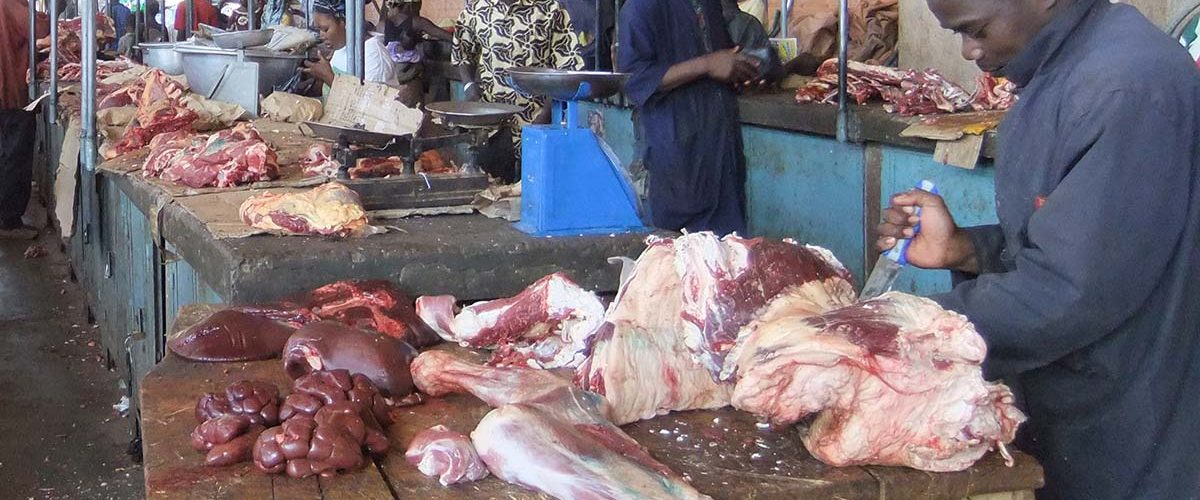Rift Valley Fever is transmitted to humans through contact with the blood or organs of infected animals, and through handling of animal tissue during slaughtering or butchering, assisting with animal births, conducting veterinary procedures, or from the disposal of carcasses or fetuses. Humans can also be infected through consumption of unpasteurized or uncooked milk of infected animals, or bites of infected mosquitoes and hematophagous flies.
The symptoms appear 2-6 days after infection and can be mild or severe. These include feverish syndrome with sudden onset of flu-like fever, muscle pain, joint pain headache, neck stiffness, sensitivity to light, loss of appetite, vomiting, ocular (eye) disease, meningoencephalitis, and haemorrhagic fever.
No specific treatment is required for patients with mild symptoms, while general supportive therapy is recommended for the more severe cases. Some vaccine candidates are under investigation and the only inactivated vaccine for RVF is neither licensed nor available commercially. Prevention can be achieved by avoiding close contact with infected animals and their body fluids and preventing mosquito bites.
Recent Outbreaks in Africa
- Kenya – Between June 2018 and April 2019, Kenya declared two outbreaks of RVF in 20 counties. The outbreak has been declared over with 119 animal and 21 human confirmed cases and 11 human deaths.
| Year | Countries | Cases | Deaths | NB |
| 2018 | Kenya | 94 | 11 | |
| Uganda | 4 | 2 | ||
| 2016 | Niger | 348 | 33 | |
| 2012 | Mauritania | 36 | 18 | |
| 2010 | South Africa | 237 | 26 | |
| 2009 | Madagascar | 236 | 7 | |
| 2008 | Madagascar | 476 | 19 |

